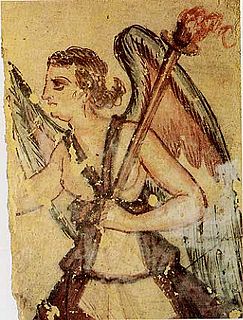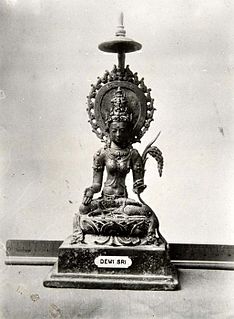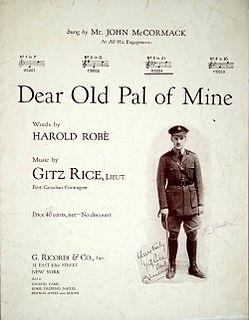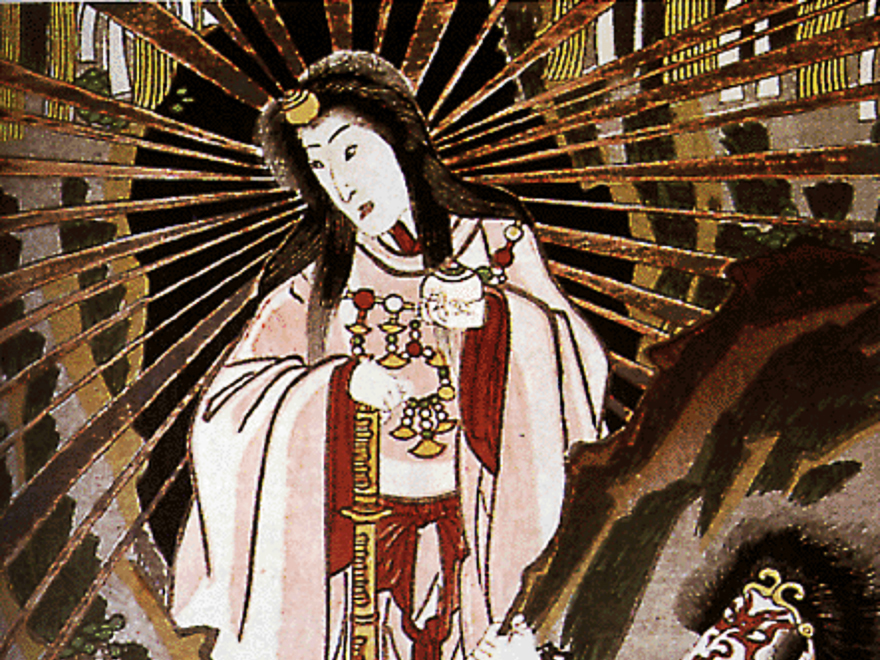Related Research Articles

Vanth is a chthonic figure in Etruscan mythology shown in a variety of forms of funerary art, such as in tomb paintings and on sarcophagi.
In demonology, Valefar is a Duke of Hell. He tempts people to steal and is in charge of a good relationship among thieves. Valefar is considered a good familiar by his associates "till they are caught in the trap". He commands ten legions of demons.
Vassago is a demon described in demonological grimoires such as the Lesser Key of Solomon and the Book of the Office of Spirits.
In demonology, Vapula is a powerful Great Duke of Hell that commands thirty-six legions of demons. He teaches philosophy, mechanics, and sciences. Vapula is depicted as a griffin-winged lion.

The Leshy is a tutelary deity of the forests in Slavic mythology. The plural form in Russian is лешие, leshiye. As the spirit rules over the forest and hunting, he may be related to the Slavic god Porewit.

In Breton folklore, a Korrigan is a fairy or dwarf-like spirit. The word korrigan means "small-dwarf". It is closely related to the Cornish word korrik which means gnome. The name changes according to the place. Among the other names, there are korrig, korred, korrs, kores, couril, crion,goric, kornandon, ozigan, nozigan, teuz, torrigan, viltañs, poulpikan, and paotred ar sabad.
In some occult and similar writings, an archdemon is a spiritual entity, prominent in the infernal hierarchy as a leader of demons. Essentially, the archdemons are the evil counterparts of the archangels.

Mahishasura was a buffalo Asura in Hinduism. He is known among Hindus of most sects as a deceitful demon who pursued his evil ways by shape-shifting. Mahishasura was the son of Rambha, and the great-grandson of Brahmarshi Kashyapa. He was ultimately killed by Goddess Durga - after which She gained the epithet Mahishasuramardini. The Navaratri festival eulogizes this battle between Mahishasura and Durga, culminating in Vijaya Dasami, a celebration of his ultimate defeat. This story of the "triumph of Good over Evil" carries profound symbolism in Hinduism, particularly Shaktism, and is both narrated as well as reenacted from the Devi Mahatmya at many South- and Southeast Asian Hindu temples. The story is also told in the Sikh text Chandi di Var, also called Var Durga Di, which many in Sikh tradition believe was included in the Dasam Granth by Guru Gobind Singh.

Hantu is the Malay and Indonesian word for spirit or ghost. In modern usage it generally means spirits of the dead but has also come to refer to any legendary invisible being, such as demons. In its traditional context the term also referred to animistic nature spirits or ancestral souls. The word is derived from Proto-Malayo-Polynesian *qanitu and Proto-Austronesian *qaNiCu. Cognates in other Austronesian languages include the Micronesian aniti, Nage nitu, Tao anito, Taivoan alid, Seediq and Atayal utux, Bunun hanitu or hanidu, Polynesian aitu or atua, and Tsou hicu among Taiwanese aborigines. In terms of concept and place in traditional folklore, it is most similar to the Filipino anito.
Yomiel, Yomyael, or Jômjâêl in later translations was the 19th Watcher of the 20 leaders of the 200 fallen angels that are mentioned in an ancient work called the Book of Enoch. Michael Knibb translates the Ethiopic version of his name as "Day of God".
Zalambur is one of the five sons of Iblis mentioned in Sahih Muslim. He is a shaitan who presides over dishonest and fraudulent business transactions. Said to have four brothers: Awar, Dasim (داسم), Sut (مسوط), and Tir (ثبر). Each of them is linked to another psychological function, which they try to encourage to prevent humans spiritual development.

Zaebos is a demon or spirit in the Dictionnaire Infernal. Zaebos is said to be the Grand Count of the infernal realms, and appears in the shape of a handsome soldier mounted on a crocodile.

Dear Old Pal of Mine is a World War I song written by Harold Robe and Gitz Rice. The song was first published in 1916 by G. Ricordi & Co. in New York, NY.
"Lafayette " is a World War I song written and composed by Mary Earl, which was a pseudonym of Robert A. King. It was published in New York, New York by Shapiro, Bernstein, & Co. in 1918. The sheet music cover, illustrated by Albert Barbelle, depicts soldiers marching with fixed bayonets below a statue of Lafayette in silhouette.

The akuma (悪魔) is a malevolent fire spirit in Japanese folklore. It is also described as a category of undefined beings who brought afflictions on humans.

Set Aside Your Tears is a World War I song written and composed by Wolfe Gilbert, Malvin Franklin, and Anatole Friedland. The song was first published in 1917 by Jos. W. Stern & Co. in New York, NY. The sheet music cover depicts a woman waving to marching troops.
Let's All Be Americans Now is a World War I song written and composed by Irving Berlin, Edgar Leslie, and George W. Meyer. The song was first published in 1917 by Waterson, Berlin & Snyder Co., in New York, NY.The sheet music cover depicts a soldier with his rifle and silhouetted marching soldiers in the background. A popular recording in 1917 was made by the American Quartet.
The Gumberoo is a mythical creature in American lumberjack culture. It was said to be larger than a bear and resemble a walking football, with a tough, shiny, black hide that nothing could pierce. The only way to kill it was said to be fire, which caused the creatures to explode.
Ghaddar is a demon in Islamic mythology and Islam related folklore. The Ghaddar is described as a demon resembling dogs or goats, sired by Iblis and a demon from the fires of Samum. Usually female, she preys upon men to assault them and mutilate their genitalia. This demon is expected to live in deserts near the Red Sea.
World of the Five Gods is a fantasy series by American writer Lois McMaster Bujold. It was awarded the Hugo Award for Best Series in 2018. It consists of three novels and nine novellas, with six of the novellas included in the award. All three novels and two of the novellas were nominees for or winners of major awards.
References
- ↑ Bane, Theresa (January 10, 2014). Encyclopedia of Demons in World Religions and Cultures. McFarland & Company. p. 192. ISBN 978-0-7864-8894-0.
- ↑ Grimal, Pierre (1965). Larousse World Mythology. New York: Putnam. p. 447. OCLC 1035922259.
- ↑ Bane, Theresa (April 25, 2016). Encyclopedia of Beasts and Monsters in Myth, Legend and Folklore. McFarland & Company. pp. 189–190. ISBN 978-0-7864-9505-4.
- ↑ Baumgartner, Anne S. (1989). A comprehensive dictionary of the gods. New York: Carol Communication; Kensington Books. p. 103. ISBN 9780821601815. OCLC 1148600363.
| This article relating to a myth or legend from North America is a stub. You can help Wikipedia by expanding it. |